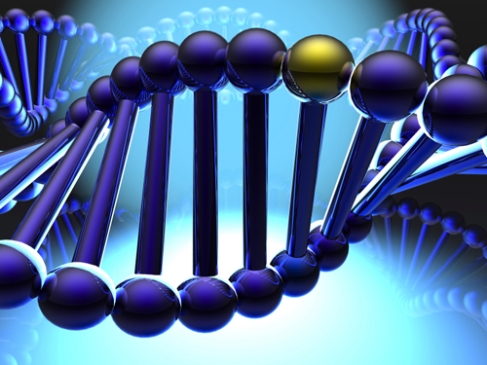Rett Syndrome Research Brings New Hope to Sufferers
It’s the most devastating of all the autism-spectrum disorders, and perhaps hardest of all, sufferers of Rett syndrome have few available treatments to ease the symptoms of their incurable genetic disorder. However, that may one day change as new research is paving the way for gene therapy that could potentially bring about a cure for Rett.
Gene therapy is a simple concept; a correct gene is transferred into the cells, where it can proliferate, leading to the gradual decrease of the faulty gene. As always, though, it’s the simplest concepts that can be the hardest to put into practice. In Rett’s favour is that fact we know the gene concerned and we know that the disorder responds to genetic treatment.
This recent study has been published in the Journal of Neuroscience and the research team was headed by Gail Mandel, a Howard Hughes Investigator at the Oregon Health and Science University. The research aim was to build on earlier studies, which date back to 2007, where researchers at the University of Edinburgh suggested a cure for Rett was technically possible after noticing gene therapy was curing mice in their laboratories. This sent shockwaves around the scientific community and opened up many genetic disorders to an intense period of research to see if they too could be combatted by gene therapy. This research is ongoing and it will be a while before we see clinical trials involving people.
The published study is a small but vital step forward as the mice subjects being studied had fully-symptomatic Rett syndrome and were being treated for it with a novel approach to gene therapy involving a virus carrier. Previous methods of treatment have involved drilling holes into the skull of the mice to deliver the genes; hardly a method suited to a clinical setting and a large-scale trial. The virus (in this case adeno-associated virus serogroup 9, commonly abbreviated to AAV9) acts rather like a Trojan horse, delivering the gene. The key beneficial feature of AAV9 is that it is able to cross the blood-brain barrier, meaning it can be administered via a standard intravenous injection. This makes it much more clinically viable and far safer for the patient.
Rett Syndrome itself is linked to the X-chromosome and because of this, it primarily affects girls. In the US alone, one in 10’000 girls born last year was a sufferer of Rett’s. Diagnosis usually occurs around the age of 6-18 months, when the child’s development begins to regress. Advanced symptoms include speech loss, loss of independent mobility, loss of functional hand use (replaced by incessant hand wringing, a hallmark symptom of Rett), seizures, tremors, orthopaedic problems, digestive problems, breathing irregularities, autonomic impairments and severe anxiety. Sufferers debilitate quickly and although they often survive into adulthood, they do require 24 hour care for the rest of their lives.
The chromosome involved in the manifestation of Rett’s is HECP2 methyl ChG-binding protein. It has been dubbed a “master gene” as it is responsible for the coding of so many different functions, hence the far-ranging symptoms of Rett syndrome.
The main findings of this research were that firstly, the concept of delivering the genetic material within a virus worked but also that there was a significant increase in HECP2 within the mice, despite the virus being too small to hold the full genetic code. The mice experienced an increase of 15% on their levels of HECP2, which meant that many of their debilitating symptoms were eased. There was, however, no improvement on their respiratory function, which will require further investigation.
These are the first tiny steps towards a cure, but the statistical significance of these results can’t help but make us wonder that such an idea is more than just a possibility.
Image of DNA supplied courtesy of the Council for Responsible Genetics www.councilforresponsiblegenetics.org
To read more about the ground=breaking research and about Rett’s Syndrome itself, please click here:
http://www.rsrt.org/about-rsrt/leadership/adrian-p-bird-ph-d/
nce/science-news/gene-therapy-reverses-rett-syndrome-animal-model
Trackbacks / Pingbacks